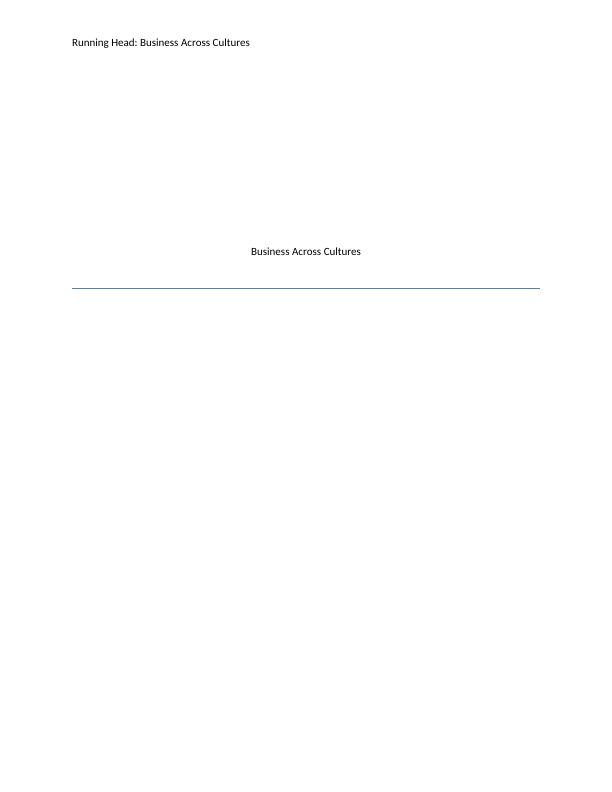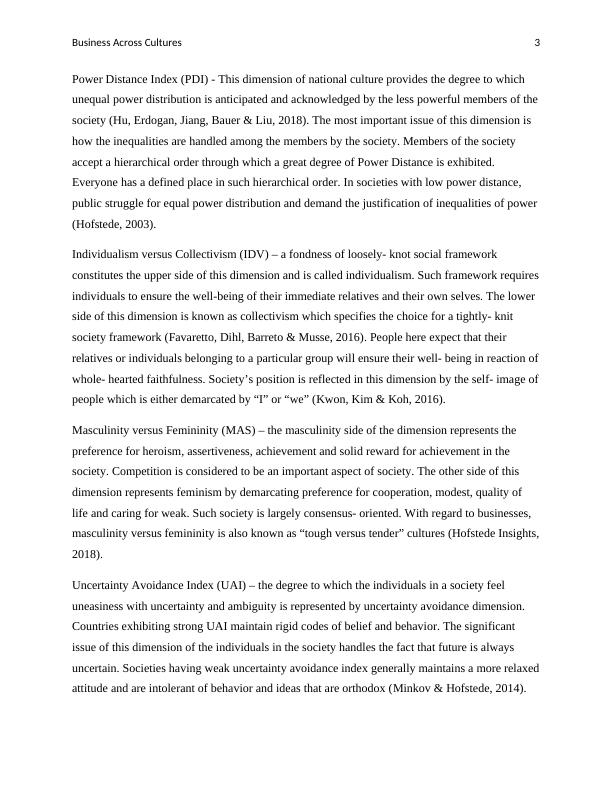Business Across Cultures: Assessment of Hofstede Model and Impact on Cross-Border Business Development
Critically assess the Hofstede model of national culture and its impact on cross-border business development, including the influence of national and corporate culture on organizational actions and behavior. Discuss how individual behavior can be adapted to enhance success in cross-border business development.
16 Pages5379 Words113 Views
Added on 2023-06-12
About This Document
This assignment discusses Hofstede's cultural dimensions theory and its impact on cross-border business development. It assesses the background, dimensions, and criticisms of the model. It also provides an example of a successful joint venture between Maruti Udyog Limited and Suzuki Motor Corporation. The joint venture was successful due to the characteristics of national culture of the involved companies. The adaption of individual behavior for enhancing and improving the chances of success in cross-border business development is also discussed.
Business Across Cultures: Assessment of Hofstede Model and Impact on Cross-Border Business Development
Critically assess the Hofstede model of national culture and its impact on cross-border business development, including the influence of national and corporate culture on organizational actions and behavior. Discuss how individual behavior can be adapted to enhance success in cross-border business development.
Added on 2023-06-12
ShareRelated Documents
End of preview
Want to access all the pages? Upload your documents or become a member.
Business Across Cultures
|16
|5620
|452
Business Across Culture Assignment
|15
|4861
|30
A Study on Cross Culture Business - Desklib
|25
|6134
|278
Business Across Culture
|16
|4392
|42
Business Across Cultures PDF
|12
|3800
|487
Business Across Cultures !
|18
|4367
|216




